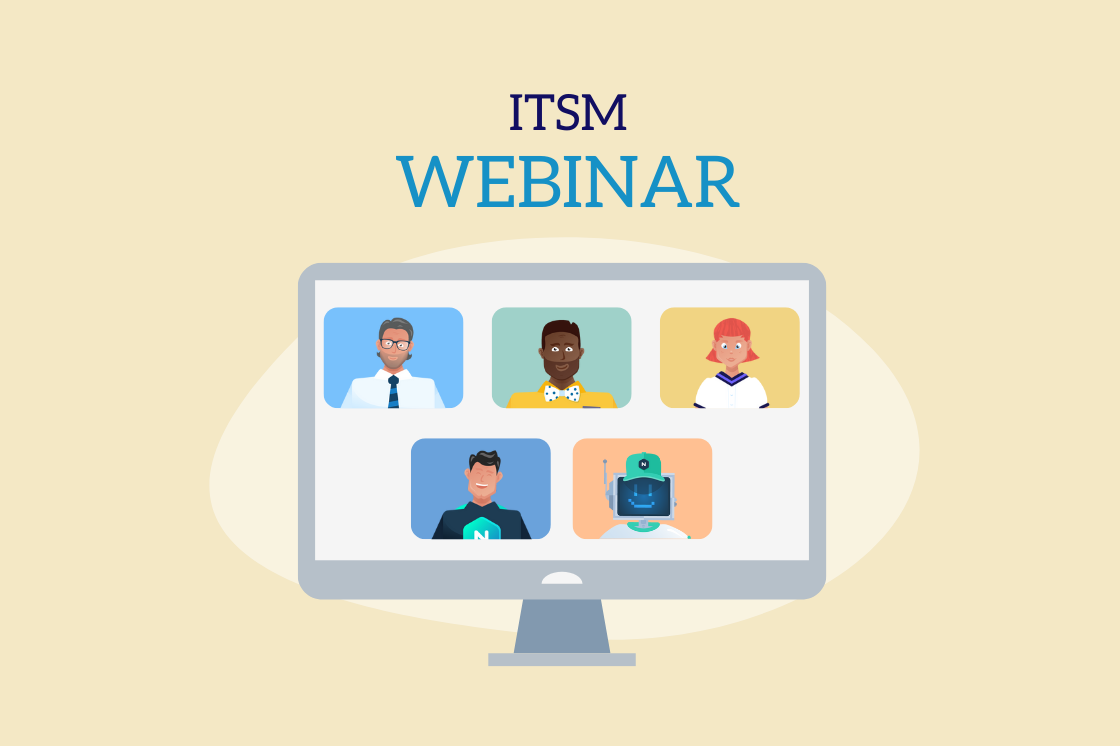Incident vs Service Request. Answering the age old ITSM question.
To this day, there remains confusion regarding the difference between an Incident and a Service Request. This post aims to clarify the distinction and why it's essential.
Having a common language is essential in IT Service Management. It helps to ensure that all parties involved understand one another and can communicate effectively.
Let's define each term and then examine why distinguishing between an incident and a service request is essential.
Definition of an Incident
An incident is a fundamental term used in the Incident Management Process.
An Incident is an unexpected event that disrupts the regular operation of an IT service.
In other words, something broke, preventing people from doing their jobs.
The Incident Management Process aims to provide for the quick restoration of a service after an unplanned disruption. The activities of incident Management include:
- Detecting and recording incidents
- Prioritizing incidents and providing initial support
- Investigating and diagnosing incidents
- Resolving and recovering from incidents
- Closing the incident
Not all incidents are equal.
Incidents are prioritized based on their impact and urgency. High-impact and high-urgency incidents have the highest priority, while low-impact and low-urgency incidents have the lowest priority.
Incident Impact
The impact of an incident refers to how the organization is being affected by the incident. To calculate impact, you must take into consideration the following:
- The severity of the incident, ranging from minor inconveniences to major disruptions
- The scope of the incident, including the number of people, systems, or processes affected
- The financial implications of the incident, such as direct costs, revenue losses, and recovery expenses
Incident Urgency
Urgency measures how long before an incident significantly impacts the service's users. An incident affecting the ability to run today's payroll would have high urgency while an incident affecting next quarters reporting would have a lower urgency.
Incidents versus Problems.
When support cannot determine the root cause of an incident, a problem record is created and used by the Problem Management Process to develop workarounds or permanent fixes.
Definition of a Service Request
A Service Request is a user's formal request for assistance, which could be for information, a new service, such as access to an application, new hardware, or something routine, such as a password reset. It excludes incidents.
The Service Request Process defines how the service requests are to be handled and includes:
- Categorizing the request
- Capturing the information
- Approving the request
- Implementing the request
- Verifying and closing the request
Service requests are usually listed in a service catalog and presented to the user through a portal.
Request are catagorized by Request Type, with each type having its own workflow, approvals and service level.
Why differentiate between an Incident and a Service Request?
Incidents and service requests are terms that are often used interchangeably, but there is a clear distinction between the two. An incident refers to an unplanned interruption or degradation of service, while a service request refers to a planned and deliberate request made by a user for a new service.
The main difference between the two lies in their impact on business operations. Incidents can cause major disruptions and require immediate attention to restore services and keep business operations running smoothly. On the other hand, service requests are typically less urgent and can be handled through defined workflows.
By differentiating between incidents and service requests, organizations can streamline their workflows, allocate their resources more efficiently, and provide better service to their users. Additionally, improved reporting can be achieved, which can lead to better decision-making.
Understanding the difference between Incidents and Service Requests is key to prioritizing work, allocating resources and providing excellent service to your users. Originally published Feb 20, 2016 16:51, updated March 25, 2024
Originally published Feb 20, 2016 16:51, updated March 25, 2024


